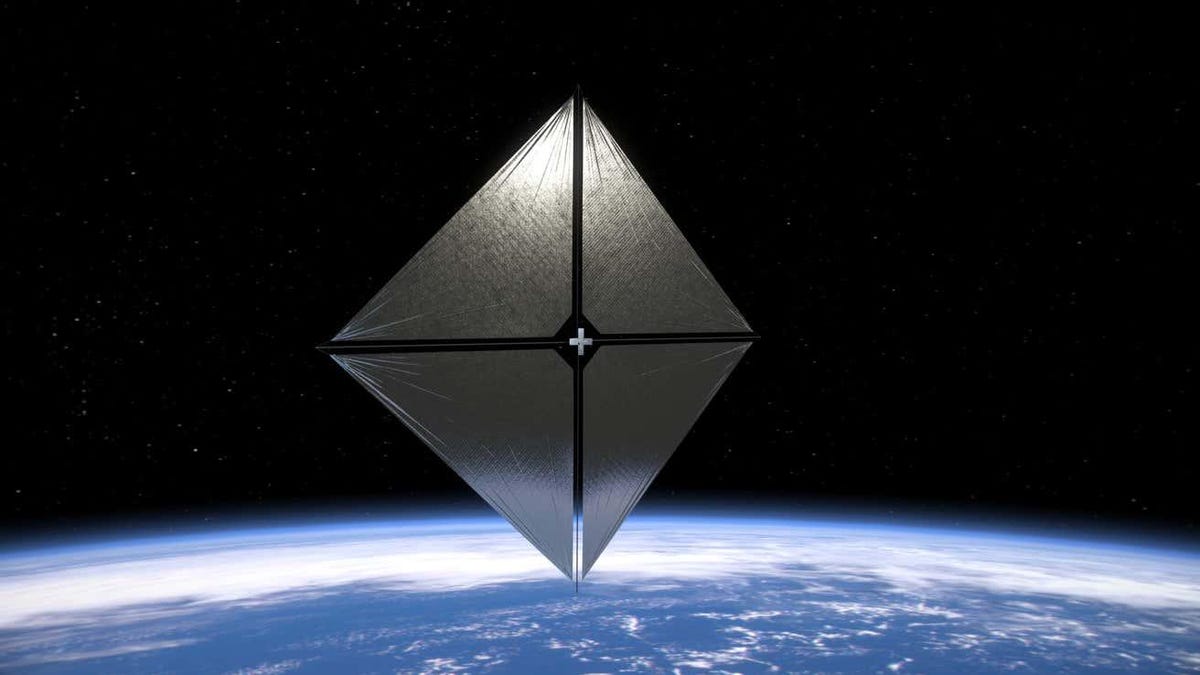NASA Launches Solar Sail Mission
A groundbreaking new experimental mission led by NASA is currently in orbit, with the aim of utilizing photons from the Sun to propel the spacecraft to higher altitudes. This innovative project, known as the Advanced Composite Solar Sail System (ACS3), is set to be launched on Tuesday from Rocket Lab’s Launch Complex 1 on the Mahia Peninsula of New Zealand.
Testing New Materials and Deployable Structures
The primary objective of NASA’s ACS3 mission is to test novel materials and deployable structures for solar sail propulsion systems. This includes the deployment of new composite booms that will facilitate the unfurling of the solar sail once it reaches orbit. These composite booms are constructed from a polymer material, offering a delicate balance of lightweight properties with stiffness and resistance to bending and warping under varying temperature conditions.
Functioning similarly to a sailboat’s boom, these composite structures are designed to harness the propulsive force of sunlight instead of wind. Once fully deployed, the solar sail will span an impressive 30 feet (9 meters) per side.
The Power of Solar Sails
Solar sails operate by harnessing the momentum of photons emitted by the Sun, which generate small bursts of propulsion that drive the spacecraft further away from the star. By surpassing the drag from Earth’s atmosphere, a spacecraft equipped with a solar sail has the potential to achieve significant altitudes.
Rocket Lab’s Electron rocket will dispatch the cubesat to an orbit approximately 600 miles (966 kilometers) above Earth, roughly double the altitude of the International Space Station. At this height, the solar sail will have the necessary altitude to ascend and overcome atmospheric drag using the gentle force of sunlight, which is roughly equivalent to the weight of a paperclip resting on your palm.
Innovations in Reusability
In a parallel demonstration of innovation, Rocket Lab is set to reuse an Electron booster for the first time in the upcoming launch. Known as the “Beginning Of The Swarm” mission, this launch event will feature a booster that has already been utilized in a prior mission.
Following the successful recovery of the booster from the “Four Of A Kind” mission on January 31, Rocket Lab has been actively exploring the reusability of its Electron rocket. By repurposing the recovered booster for another flight, the company is pushing the boundaries of rocket reusability in an effort to compete with industry giant SpaceX.
As part of this mission, the Electron rocket will also deploy NEONSAT-1, an Earth observation satellite developed for the Korea Advanced Institute of Science and Technology.
Image/Photo credit: source url





